Handlooms Products: Making Process, Types and Examples
1.What Is Tie and Dye Method? How Is It Done?
- The tie and dye is a dyeing process in which different colours are used on a piece of fabric.
- The steps of the tie and dye process are as follows,
- Folding: The fabric is washed, cleaned and folded correctly.
- Twisting: The fabric is twisted and tied with a string or rubber band.
- Pleating: Pleats are formed to make a design.
- Dyeing: The fabric is dipped into colour for dyeing, after which it is pressed and dried.
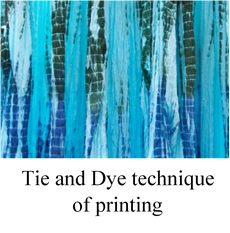
2.What Is Muslin? Why Is Muslin So Expensive, and Where It Was Originated?
- Muslin is a breathable fabric that is made up of silk.
- It is soft and keeps our bodies cool.
- Muslin first originated in Mosul. It is a city in Iraq.
- The fabric is durable enough; in the past, muslin was used by royalties, which is why it is so expensive.
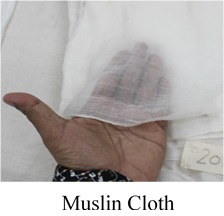
3.What Is Batik Dyeing?
- Batik is a type of dyeing technique that is used on fabrics.
- Mostly brown, red, blue, and green colours are used during batik dyeing.
- Wood blocks of different shapes and patterns are used.
- It is a sequential dyeing process which was originated in Southeast Asia.
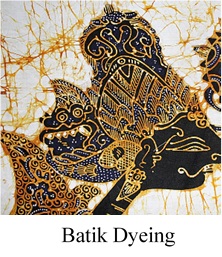
4.What Is Gota Patti?
- Gota Patti is a type of embroidery work involving thread and golden cloth called gota.
- This work is from the state of Rajasthan.
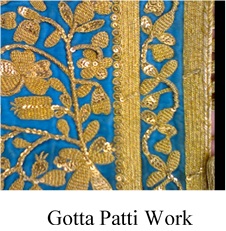
5.Which Indian City Is Famous for Silk Sarees?
- Kanchipuram, a city in Tamil Nadu, is famous for making authentic silk sarees in India.
- These silk sarees are of high quality, and the fabric looks lustrous due to the detailed zari work.
6.What Is Jamwar?
- Jamwar is a type of shawl that is made with pashmina wool. They were introduced in India by the Mughals from Afghanistan and Turkestan.
- These shawls are made in the state of Jammu and Kashmir.
- These shawls have brocaded parts woven with silk threads and designed with floral motifs.
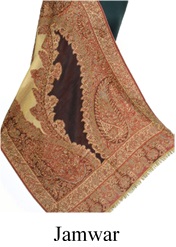
Share

